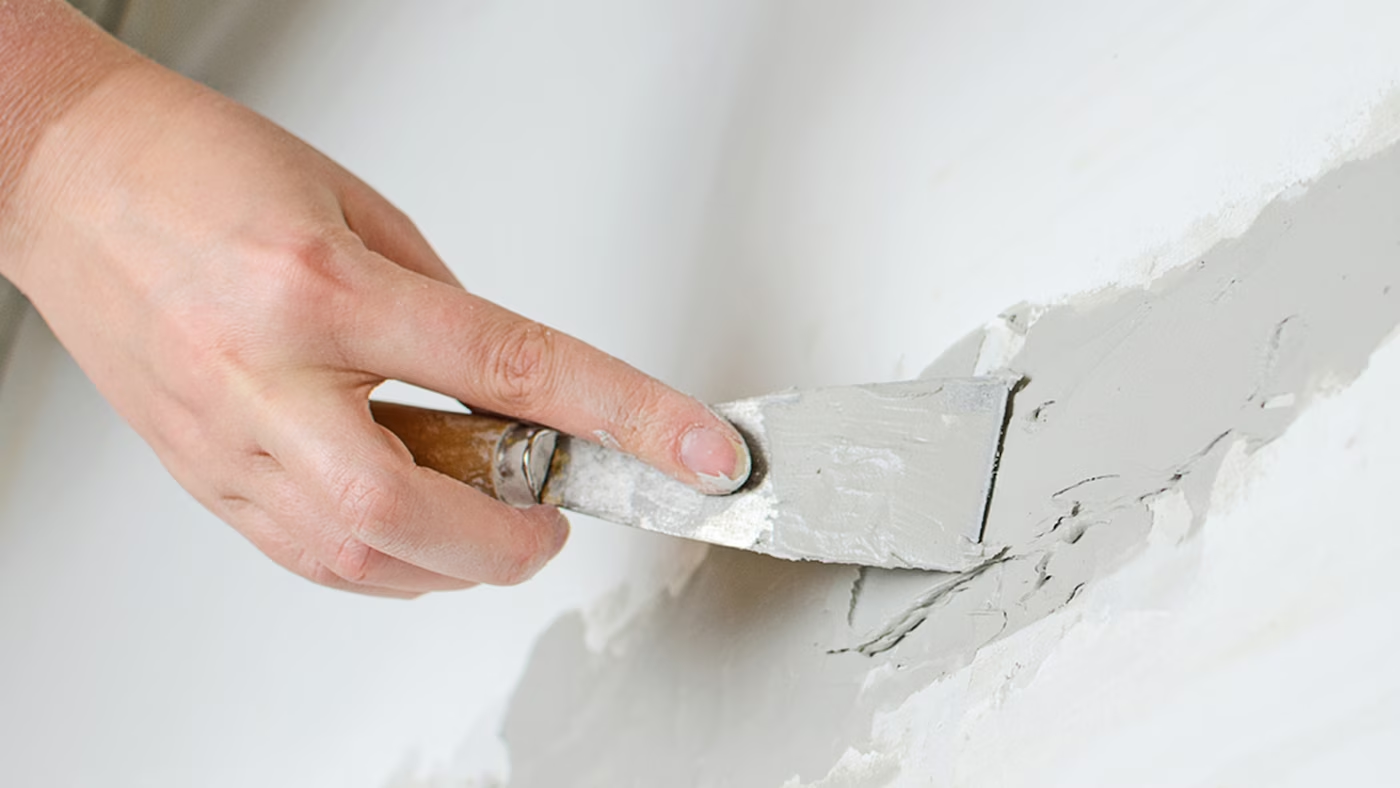
Five decorating problems – and how to avoid them
Expert advice on how to cope with decorating challenges.
1. Avoid mouldy walls
Many homes can get damp in areas like basements, utility rooms and bathrooms but the good news is that with proper ventilation and dry conditions, you can stop mould growing in its tracks. The simplest thing you can do is turn on extractor fans or use dehumidifying units when cooking or bathing. If the problem persists, wash all affected areas with Fungicidal Wash (using a brush to apply it). Leave the surface to dry for at least 6 hours. Finally, thoroughly rinse with clean water and scrub to remove residue and dead growths.
2. Avoid noticeable cracks and holes
If your walls have any holes, it’s important that these are filled before you start painting. If there’s any dust inside a hole in your wall, brush it out and then apply Dulux Multi-purpose Crack Filler using a knife or spatula. Wipe away any excess filler and smooth the surface with the blade. For deep holes, it’s best to wait for each layer of filler to dry before applying the next. For a really smooth finish, sand the area with a dry piece of sandpaper, then cover it with a layer of primer or a thinned coat of paint, and finally paint over the whole wall.
3. Avoid leaving roller marks
The ideal roller for most jobs will have a medium ‘pile’ (thickness). Short piles don’t hold much paint, so you’ll have to keep re-applying, while long piles can trap too much paint and leave roller marks. If you can, avoid buying cheap foam rollers – these absorb more water than more expensive, quality rollers.
4. Avoid leaving brush strokes
Synthetic bristle brushes work best on water-based paints, as they absorb less water, helping to eliminate heavy brush marks. If you’re painting a tight space, choose a brush with tapered bristles to help you get into corners and grooves with ease. If you’re using a brush to ‘cut in’, it’s best to choose an angled brush with one side longer than the other.

